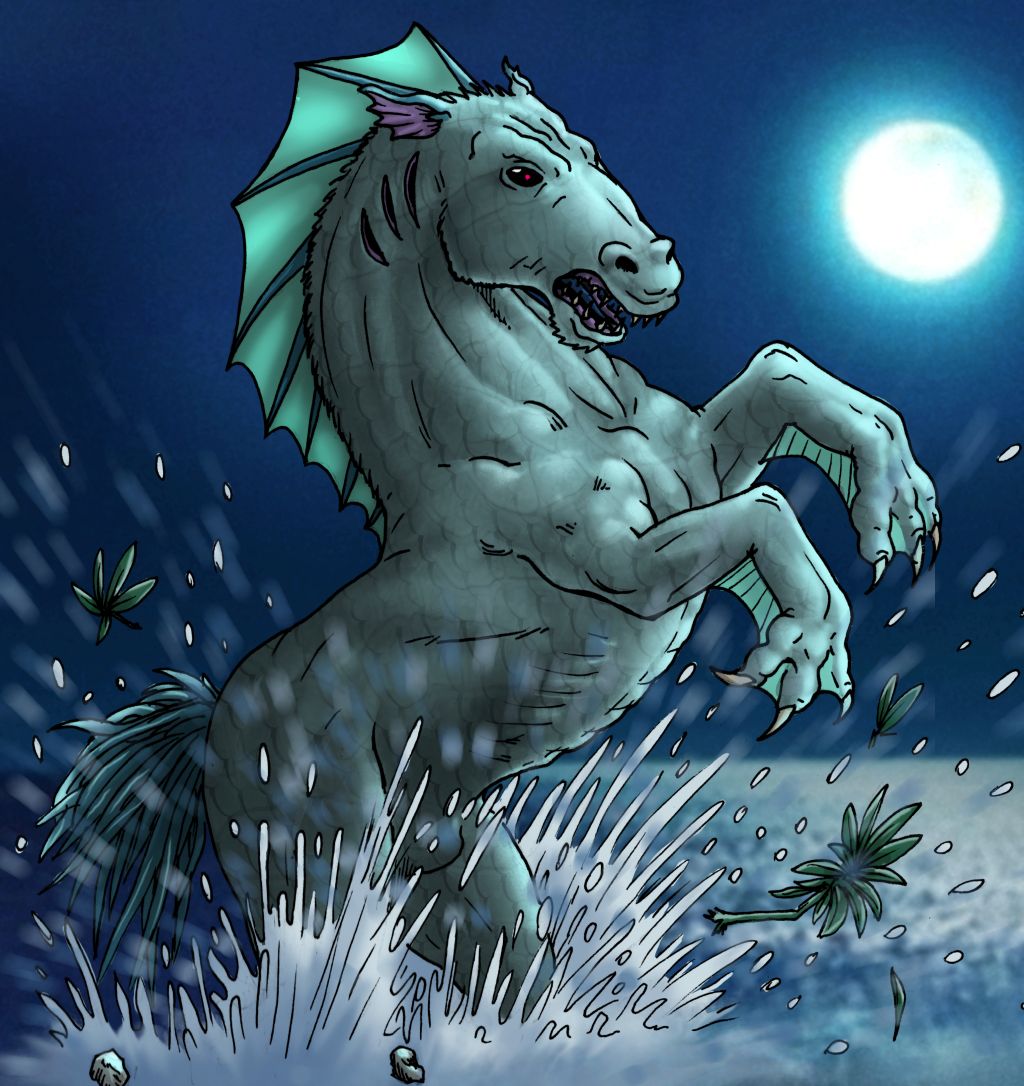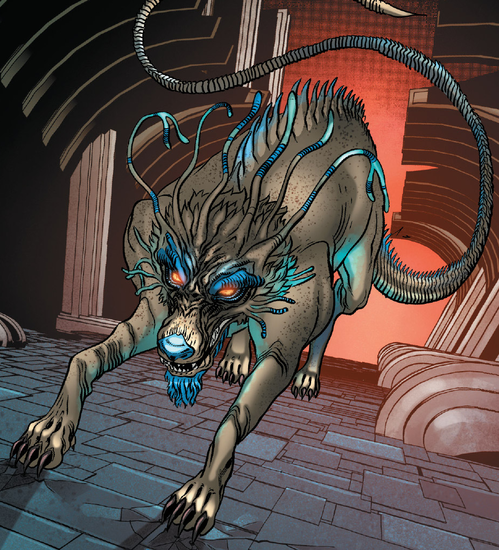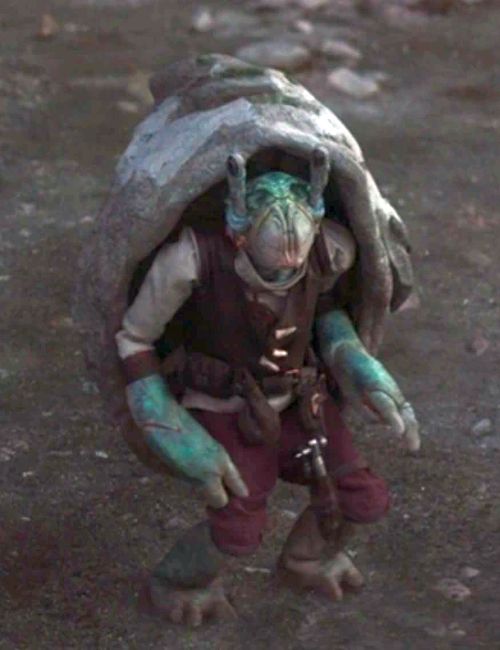 Kelpie
Large Fey, Chaotic Neutral
Armor Class: 13
Hit Points: 65 (10d10 + 20)
Speed: 40 ft., swim 40 ft.
STR 18 (+4) DEX 14 (+2) CON 16 (+3)
INT 10 (+0) WIS 12 (+1) CHA 14 (+2)
Damage Resistance: Cold
Damage Immunity: Poison
Senses: Darkvision 60 ft., Passive Perception 11
Languages: Sylvan
Challenge: 2 (450 XP)
Innate Spellcasting. The kelpie's innate spellcasting ability is Charisma (spell save DC 12). It can innately cast the following spells, requiring no material components:
At will: Minor Illusion, Suggestion
1/day each: Confusion, Invisibility
Water Breathing. The kelpie can breathe only underwater.
Water Form. The kelpie can use its action to polymorph into a horse-like creature or back into its true form. Its statistics are the same in each form. Any equipment it is wearing or carrying isn't transformed.
Actions
Multiattack. The kelpie makes two attacks: one with its bite and one with its hooves.
Bite. Melee Weapon Attack: +6 to hit, reach 5 ft., one target. Hit: 11 (2d6 + 4) piercing damage.
Hooves. Melee Weapon Attack: +6 to hit, reach 5 ft., one target. Hit: 12 (2d8 + 4) bludgeoning damage.
Entice (1/day). The kelpie targets one creature it can see within 30 feet of it. The target must succeed on a DC 12 Wisdom saving throw or be charmed by the kelpie. The charmed creature regards the kelpie as a trusted friend to be heeded and protected.
If the charmed creature is more than 5 feet away from the kelpie, the effect ends.
Description: The Kelpie, a mythical creature in Scottish folklore, has been a source of fascination and intrigue for centuries. With a reputation for being a shape-shifting horse that lures unsuspecting riders into the water to their doom, the Kelpie has been both feared and revered in Scottish culture.
The Origins of the Kelpie Legend
The Kelpie legend is believed to have originated in the Scottish Highlands and Islands. It is said that the first Kelpies were the spirits of horses that had drowned in the lochs and rivers of Scotland. These spirits took on a malevolent form, seeking revenge on humans for their untimely deaths. The Kelpie legend became part of the cultural fabric of Scotland, passed down from generation to generation through oral tradition.
Description of the Kelpie
The Kelpie is a shapeshifting water horse that is said to reside in lochs, rivers, and other bodies of water. It is said to have the ability to change its appearance to that of a horse, a pony, or a human, making it difficult for unsuspecting humans to distinguish it from a real horse. When in horse form, the Kelpie is said to be extremely friendly and inviting, tempting humans to come near it and climb onto its back. Once a human has climbed onto its back, the Kelpie is said to dive into the water, drowning its victim.
Kelpie Legends and Folklore
One of the most common legends about Kelpies is that they take the form of a beautiful horse and entice riders to climb on their back. Once the rider is mounted, the Kelpie will charge into the water, drowning the unfortunate victim. Kelpies were also said to have the ability to change their appearance, appearing as anything from a lost foal to a handsome stallion, in order to lure their prey.
Another legend tells of the Kelpie as a black horse that could be found near rivers and streams. The horse would appear to be friendly and gentle, allowing people to ride on its back. However, the Kelpie would suddenly become wild and uncontrollable, galloping into the water and drowning its rider.
The Cultural Significance of the Kelpie
The Kelpie legend has played a significant role in Scottish culture, serving as a cautionary tale to warn of the dangers of the waterways. Kelpies were seen as symbols of the unpredictable and dangerous forces of nature, reminding people of the need to respect and fear the water. The legend of the Kelpie was also used as a way to keep children away from the rivers and streams, where they might be at risk of drowning.
In modern times, the Kelpie legend has been reinterpreted in a number of ways. Some have portrayed the Kelpie as a misunderstood creature, while others have portrayed it as a symbol of the destructive power of nature. Despite these differing interpretations, the Kelpie continues to captivate the imagination of people, inspiring a variety of works of art, literature, and film.
|












